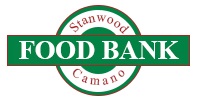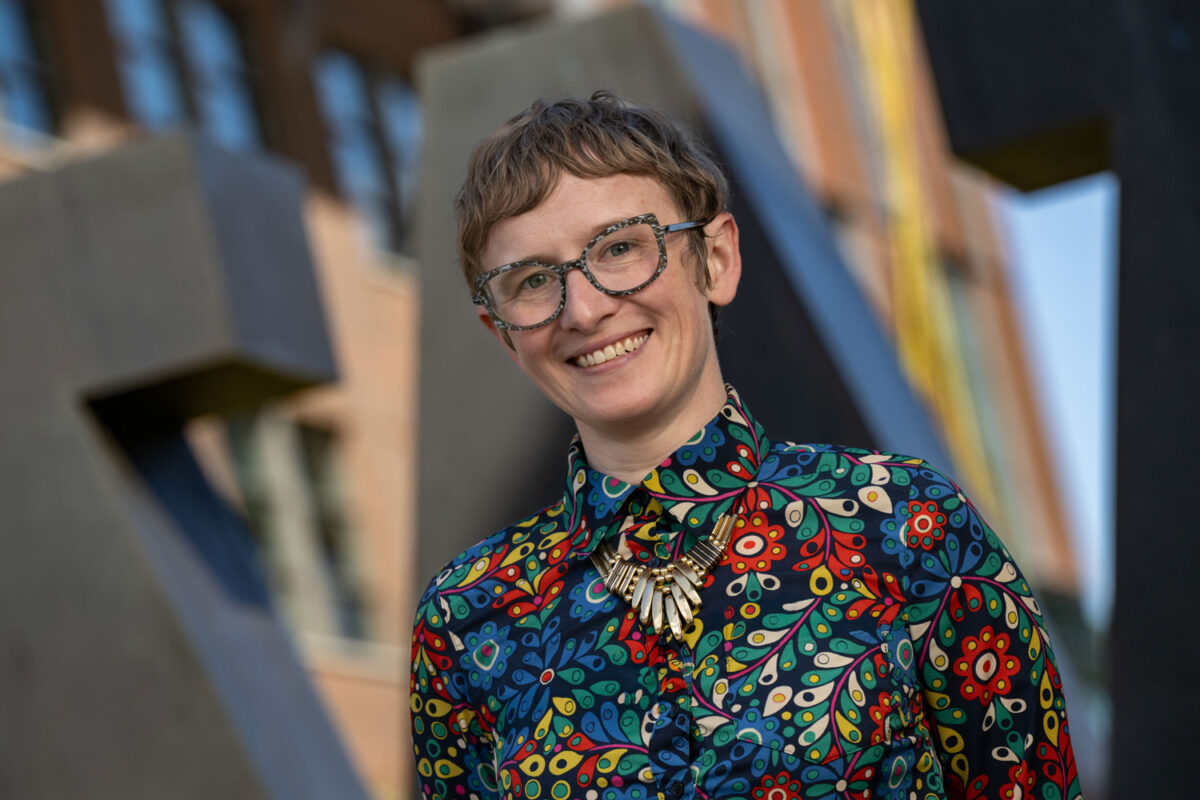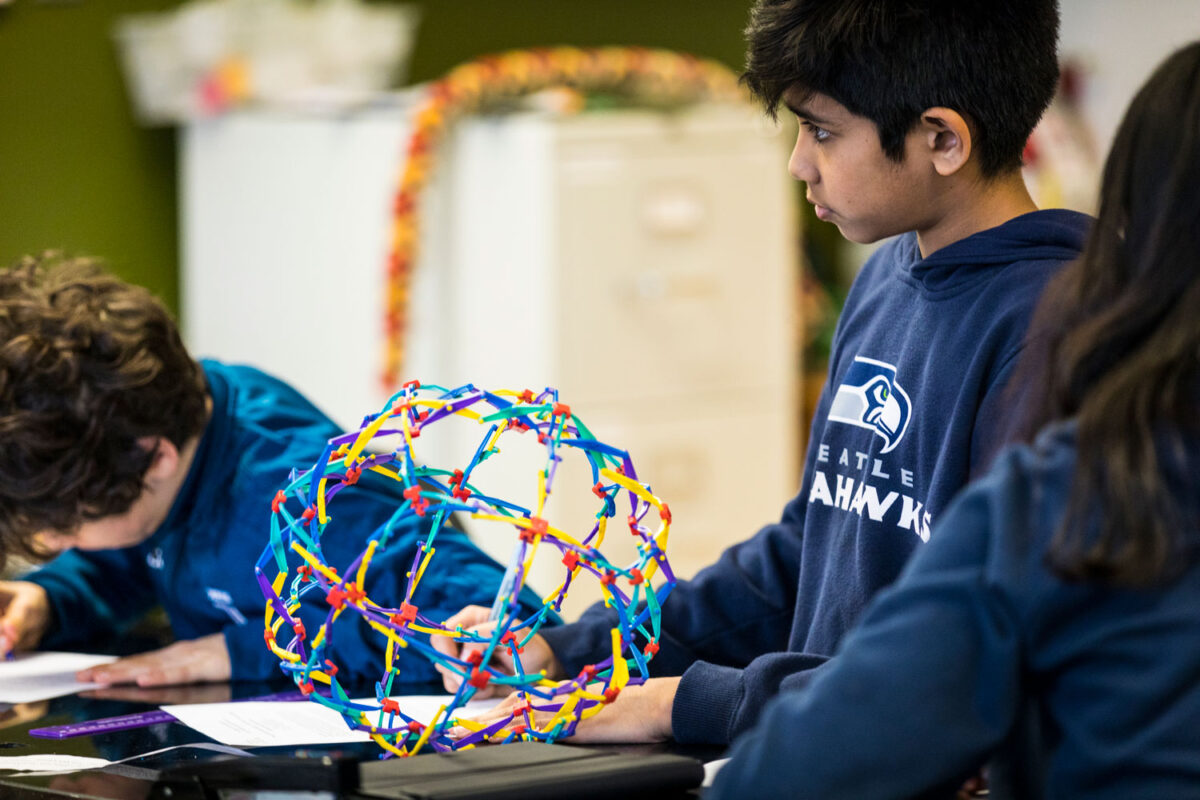
A food bank is serving more people more efficiently thanks to inventory and “flow” advice from two teams of University of Washington Bothell MBA students.
“We weren’t sure what to expect, but we got so much more out of it than we ever anticipated,” said Lynne Ayers, executive director of the Stanwood Camano Food Bank.
“It was amazing to have the expertise and the enthusiasm that those teams brought and the wealth of information that they had from their current jobs.”
Easing food access
The teams were made up of 11 graduate students from Operations Management courses taught by Gülru Özkan-Seely, an assistant professor in the School of Business. She connected with the food bank through a member of its board, Randy Serroels, who received an MBA from UW Bothell in 2001.

The food bank provides about 75,000 pounds of food each month to more than 1,000 people in the Stanwood and Camano Island area of Snohomish County. The service is part of Food Lifeline, a Seattle-based charity that is a member of the nationwide Feeding America network.
Ayers was looking to improve efficiency when she and Özkan-Seely designed the two projects: inventory tracking and improving the flow of customers.
One of the documents the flow team produced was a spaghetti chart, which is a way of visualizing movement that ends up looking like noodles. “When we saw this spaghetti chart, it was like: No wonder we were duplicating so many things and crossing over and doubling back,” Ayers said.
“If they would model it again, the chart would be much more straightforward,” Ayers said. “The flow for people and food is much more smooth and more efficient for us. And for our members it’s really easy.”
Increasing efficiency
The students worked on the projects in autumn quarter 2018, and the food bank implemented changes in 2019.

The food bank now operates on a grocery model, so members feel more like they are shopping at a typical store.
To improve the experience for members and increase efficiency, the inventory team made a suggestion for color-coding products that the food bank modified and put on wall posters, so families know how many of an item to take.
“They get to choose what they want based on the size of their family,” Ayers said. “People are choosing items, instead of someone doing it for them.”
The food bank is serving more members now, she said, but members are taking 12 pounds less per person because they’re only taking what their family will eat and what they need.
Improving effectiveness
Such projects are a way for UW Bothell to bring value to its partners — and it’s “especially rewarding when it’s a nonprofit,” said Özkan-Seely.

Students also loved getting out of the classroom, collecting data and solving hidden issues in an actual workplace, said Özkan-Seely, who noted many of the MBA students are working in their own jobs.
“This is something they can apply right away,” she said. “I only hope we continue and grow the project.”
Özkan-Seely has remained in contact with Ayers, who says she would welcome working with more UW Bothell students at the food bank in the future. “When they said they would show up, they showed up and did what they said they would do — lots of great communication.”
Ayers said their reports and recommendations have also been critical in presentations to her board and to donors. “It adds more credence to our vision for making changes,” she said. “It provides the analysis and data we need to move forward.”
The MBA students “opened the door for thinking differently,” said Ayers, who has been at the food bank seven years. “Sometime when you’re in a situation for a long time you become a little restricted in the way you think.
“Having the students come in from all their different backgrounds and with new, fresh eyes, got us to be more creative.”




